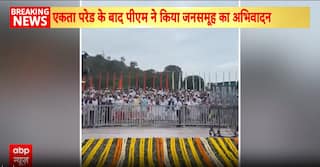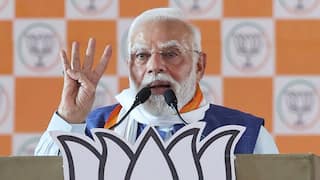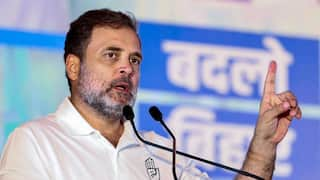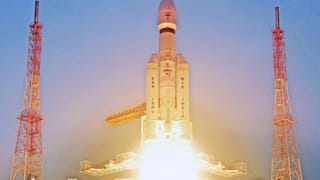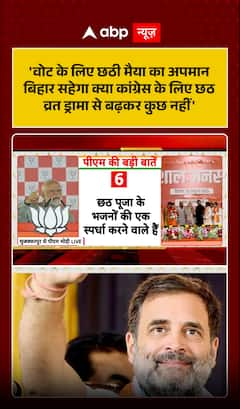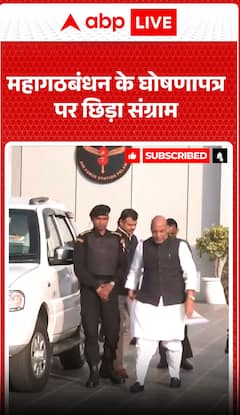Piyush Goyal Meets With Tata, TVS, Other Key Players To Discuss EV Charging, Battery Swapping Infra: What We Know So Far
The push for universal standards in battery technology was also emphasised during the meeting, to support seamless integration across EV models.

The Narendra Modi Government is ramping up efforts to accelerate electric vehicle (EV) adoption by improving charging and battery-swapping infrastructure. This was evident as a high-level meeting led by Commerce and Industry Minister Piyush Goyal brought together key players like Tata, TVS, and Mercedes-Benz India alongside Government officials to address challenges in the sector.
Upgrading Charging, Swapping Facilities
During the discussions, participants highlighted the importance of strategically placed charging and swapping stations to build consumer trust and ensure operational efficiency. The push for universal standards in battery technology was also emphasised to support seamless integration across EV models.
Under the FAME-II scheme (Faster Adoption and Manufacturing of Electric Vehicles), the Government has announced plans to establish 10,763 public charging stations nationwide. This initiative aims to mitigate range anxiety and make EVs more accessible, driving wider adoption among consumers.
ALSO READ: Expect More Electric Vehicles Soon With Carmakers Requiring To Meet CAFE Norms
Policies To Attract Global EV Manufacturers
India’s EV sector has garnered international attention due to its rapid growth. The Government’s EV policy, introduced last year, offers incentives for companies investing over $500 million in manufacturing facilities. Major players like Tesla, BMW, Audi, and Mercedes-Benz are eyeing the Indian market, which is projected to reach 10 million EV sales annually by 2030.
The sector’s expansion is expected to generate 50 million direct and indirect jobs, according to the Economic Survey 2022-23. This underscores the EV market’s potential as a driver of economic growth and innovation.
Boosting Electric Mobility With Targeted Schemes
In addition to FAME-II, the PM E-DRIVE scheme supports the adoption of e-buses, three-wheelers, and two-wheelers. The initiative targets deploying over 14,000 e-buses, two lakh e-three-wheelers, and 25 lakh e-two-wheelers, along with e-trucks and ambulances. Enhanced testing facilities are also part of the plan to strengthen the EV ecosystem.
ALSO READ: Piyush Goyal Lauds Mahindra XEV 9e And BE 6 EVs Post Demonstration
Collaboration For Greener Future
Companies like Tata Motors, with popular models such as the Nexon EV and Tiago EV, continue to dominate the passenger EV market. Meanwhile, manufacturers like JSW and MG Motor are expanding their presence with innovative offerings.
The collaboration between manufacturers, policymakers, and infrastructure developers remains vital for achieving the Government’s ambitious EV penetration goals. With sustained efforts from both the public and private sectors, India is steadily advancing toward a cleaner, greener transportation future, paving the way for long-term sustainability and economic resilience.














